Quadriceps Tendon Rupture (Part Three)
Tests and Diagnosis
Medical History
Your doctor will discuss your medical history. Questions you may be asked include:
- Have you had a previous injury to the front of the knee?
- Have you ever injured the quadriceps muscle?
- Have you experienced quadriceps tendinitis?
- Do you have any medical condition that might injure your quadriceps?
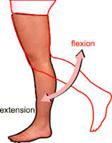
Knee Extension (Straightening or Stretching the knee)
To determine the exact cause of symptoms, the doctor will test whether you can straighten or stretch the knee. Although this examination can be painful, it is important to identify a quadriceps tendon tear.
Imaging Tests
To confirm the diagnosis, your doctor may request several imaging tests, such as an X-ray or Magnetic Resonance Imaging (MRI) scan.
X-ray. The kneecap moves out of its place when the quadriceps tendon is torn. This is often very clear on a "lateral" X-ray view of the knee. A complete tear can often be identified with just this radiograph.
MRI. This creates the best images of soft tissues like the quadriceps tendon. MRI can show the amount of torn tendon fibers and their location. Sometimes, an MRI is necessary to rule out another injury that has similar symptoms.
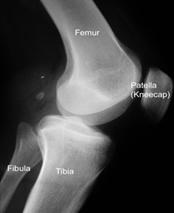
X-ray showing the normal position of the kneecap.
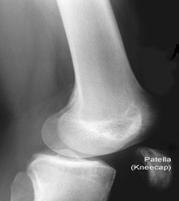
The kneecap has moved from its normal position due to the tear of the quadriceps tendon.
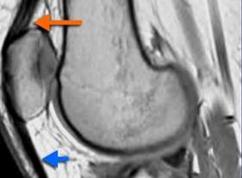
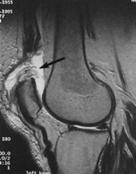
Normal MRI – Quadriceps tendon tear
Treatment
If you are diagnosed with a quadriceps tendon tear, you need to go to an orthopedic surgeon for treatment.
The type of treatment will depend on several things:
- The type and size of the tear you have
- Your level of activity
- Your age